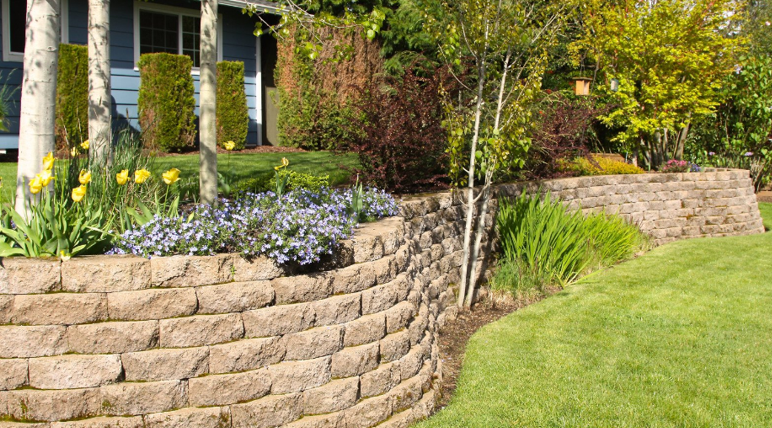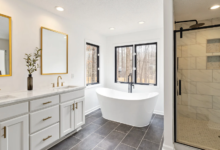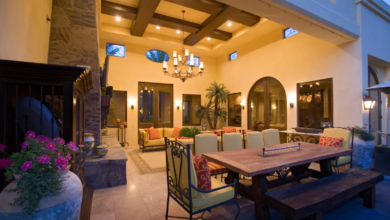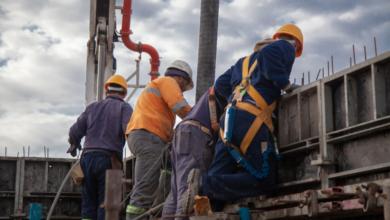What to Consider When Designing Retaining Walls for Your Property

Retaining walls are essential structures that provide stability to sloped landscapes, prevent erosion, and improve the usability of outdoor areas. Beyond functionality, they add aesthetic value and can transform uneven terrain into structured, visually appealing spaces. Choosing professional installation for retaining walls in Cumming ensures that the design balances engineering standards with long-term durability.
These walls are not just barriers against soil movement; they create opportunities for creative landscaping. From defining garden levels to supporting patios and walkways, they serve as both functional and decorative elements within a property.
See also: Luxury Home Building Ideas for Spa-Like Bathrooms
Key Factors That Influence Design
When designing a retaining wall, soil type is one of the most critical factors to assess. Clay-heavy soil retains more water, which increases lateral pressure on the wall. In contrast, sandy soil may shift more easily, requiring additional reinforcement. Drainage also plays a significant role in wall performance. Without proper drainage, hydrostatic pressure builds up behind the wall, potentially leading to cracks or failure.
Material selection is equally important. Options such as stone, poured concrete, brick, and treated timber each offer unique strengths, lifespans, and appearances. The choice depends on the property’s aesthetic goals, structural requirements, and budget considerations. Understanding how long retaining walls last helps homeowners make informed decisions. Professionally built walls with durable materials can often last decades, providing both stability and long-term value.
Maintenance and Structural Integrity
Retaining walls must be maintained to preserve their integrity. Even the strongest construction can weaken over time due to shifting soil, water intrusion, or heavy loads. Routine inspections help identify potential issues before they escalate.
Warning signs should never be ignored. Cracks, bulging, or leaning sections often indicate that structural pressure is compromising the wall. Recognizing the signs that your retaining walls need to be repaired or replaced ensures that corrective action is taken before complete failure occurs. Timely intervention protects the landscape, prevents costly damage, and maintains the wall’s original purpose.
Blending Function with Design
While durability and strength remain the foundation of any retaining wall, design also plays a significant role. These structures can be customized with finishes, textures, and layouts that match the property’s architecture. For example, natural stone walls complement rustic landscaping, while smooth concrete walls create a modern aesthetic.
Functionality can also be combined with creativity. Tiered retaining walls can support multiple levels of gardens, while decorative stone facings enhance curb appeal. By integrating both practical and aesthetic elements, retaining walls become a design feature that improves outdoor living spaces rather than serving as a purely utilitarian structure.
Conclusion
Designing retaining walls requires careful consideration of soil conditions, drainage solutions, and material selection to achieve both stability and longevity. Incorporating professional insight ensures that the wall can withstand environmental pressures while blending seamlessly with the property’s overall layout. Proper maintenance and early recognition of potential issues also extend the wall’s lifespan and safeguard the surrounding landscape.
Ultimately, retaining walls are an investment in both form and function. When properly designed, they protect the foundation of your outdoor space, reduce erosion risks, and enhance property value for years to come.







